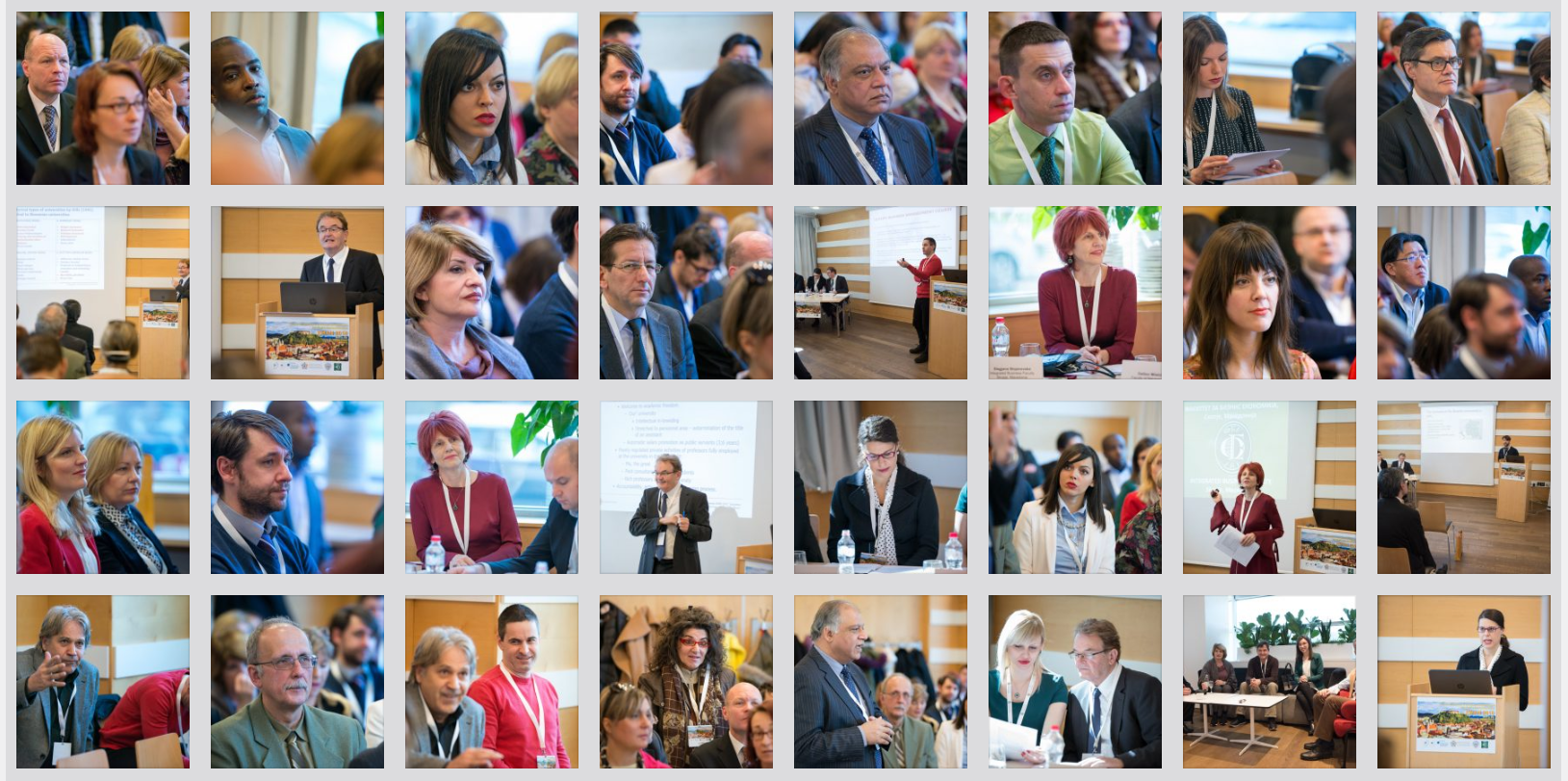Demographic Structure of the European Union
Sandra Mrvica Mađarac – Veleučilište “Lavoslav Ružička” u Vukovaru, Županijska 50, Vukovar, Hrvatska
Svetlana Šibila – Hrvatski zavod za zdravstveno osiguranje, Ulica kralja Zvonimira 1B, Osijek, Hrvatska
Lana Gubić Kučan – Ugostiteljsko-turistička škola Osijek, Ulica M. Gupca 61, Osijek, Hrvatska
Ključne riječi:
Europska unija;
Demografska struktura;
Eurostat
Keywords:
European Union;
Demographic structure;
Eurostat
Sažetak: Europska unija se sastoji od 27 europskih država, a cilj joj je integracija i jedinstveno tržište europskog kontinenta. Demografska struktura utječe na gospodarsko stanje države, a uzročno-posljedično i gospodarsko stanje države utječe na demografska kretanja.
Starenje stanovništva je efekt u razvijenim društvima, a nastao je kao posljedica različitih čimbenika (zdravstvene i socijalne zaštite, smanjene stope fertiliteta, urbanizacije, industrijalizacije). Usprkos smanjenju prirodnog rasta unutar Europske unije i starenju stanovništva ona prolazi kroz konstantan rast broja stanovnika zbog pozitivnog migracijskog salda. Za gospodarski razvoj države i razvoj njenog stanovništva je važna dobno-spolna struktura jer iz nje proizlazi uravnoteženje muškog i ženskog stanovništva koje je važno za reprodukciju stanovništava i iz koje se formira radno sposobno stanovništvo.
U radu se navode i analiziraju podaci iz Eurostata o demografskoj strukturi stanovništva Europske unije: dobni sastav, spolni sastav, prirodni demografski faktori, obrazovna struktura stanovništva.
Abstract: The European Union consists of 27 European countries, and its goal is the integration and single market of the European continent. The demographic structure affects the economic condition of a state, and the economic condition of the state also affects demographic trends as a cause and effect.
The aging of the population is an effect in developed societies, and it arose as a result of various factors (health and social protection, reduced fertility rates, urbanization, industrialization). Despite the decrease in natural growth within the European Union and the aging of the population, the EU is experiencing constant population growth due to a positive migration balance. The age-sex structure is important for the economic development of a country and the development of its population because it results from the balancing of the male and female population, which is important for the reproduction of the population and from which the working-age population is formed.
This paper presents and analyzes data from Eurostat on the demographic structure of the population of the European Union: age composition, gender composition, natural demographic factors, educational structure of the population.

Download full paper

7th International Scientific Conference – EMAN 2023 – Economics and Management: How to Cope With Disrupted Times, Ljubljana, Slovenia, March 23, 2023, CONFERENCE PROCEEDINGS, published by: Association of Economists and Managers of the Balkans, Belgrade, Serbia; ISBN 978-86-80194-69-1, ISSN 2683-4510, DOI: https://doi.org/10.31410/EMAN.2023
Creative Commons Non Commercial CC BY-NC: This article is distributed under the terms of the Creative Commons Attribution-Non-Commercial 4.0 License (https://creativecommons.org/licenses/by-nc/4.0/) which permits non-commercial use, reproduction and distribution of the work without further permission.
Chesnais, J. C. (1998). Below Replacement Fertility in European Union, Facts and Policies. Review of Population and Social Policy. No. 7., 83-101.
Čipin, I., & Međimurec. P. (2017). Fertilitet i obiteljska politika u Hrvatskoj. Političke analize: tromjesečnik za hrvatsku i međunarodnu politiku. 8(31), 3–9.
Eurostat. (2022). https://ec.europa.eu/eurostat/databrowser/explore/all/popul?lang=en&display=list&sort=category , učitano 28.08.2022.
Friganović, M. (1990). Demografija – stanovništvo svijeta. Zagreb, Hrvatska: Školska knjiga.
Glamuzina, M., & Glamuzina, N. (1996). Promjene u biološkoj i ekonomskoj strukturi stanovništva Južne Hrvatska (Dalmacije) od 1948. do 1991. Geoadria, 1 (1), 17-34.
Wertheimer-Baletić, A. (1999). Stanovništvo i razvoj. Zagreb, Hrvatska: Mate.
Wertheimer-Baletić, A. (2005). Determinante reprodukcije stanovništva Hrvatske u drugoj polovici 20. stoljeća. Stanovništvo Hrvatske – dosadašnji razvoj i perspektive, Zagreb, Hrvatska: Institut društvenih znanosti Ivo Pilar, 9-39.
Wertheimer-Baletić, A. (2017). Demografska teorija, razvoj stanovništva Hrvatske i populacijska politika. Samobor, Hrvatska: Meridijani.
Živić, D. (2003). Demografske odrednice i posljedice starenja stanovništva Hrvatske. Revija za socijalnu politiku, 10(3): 307–319.

